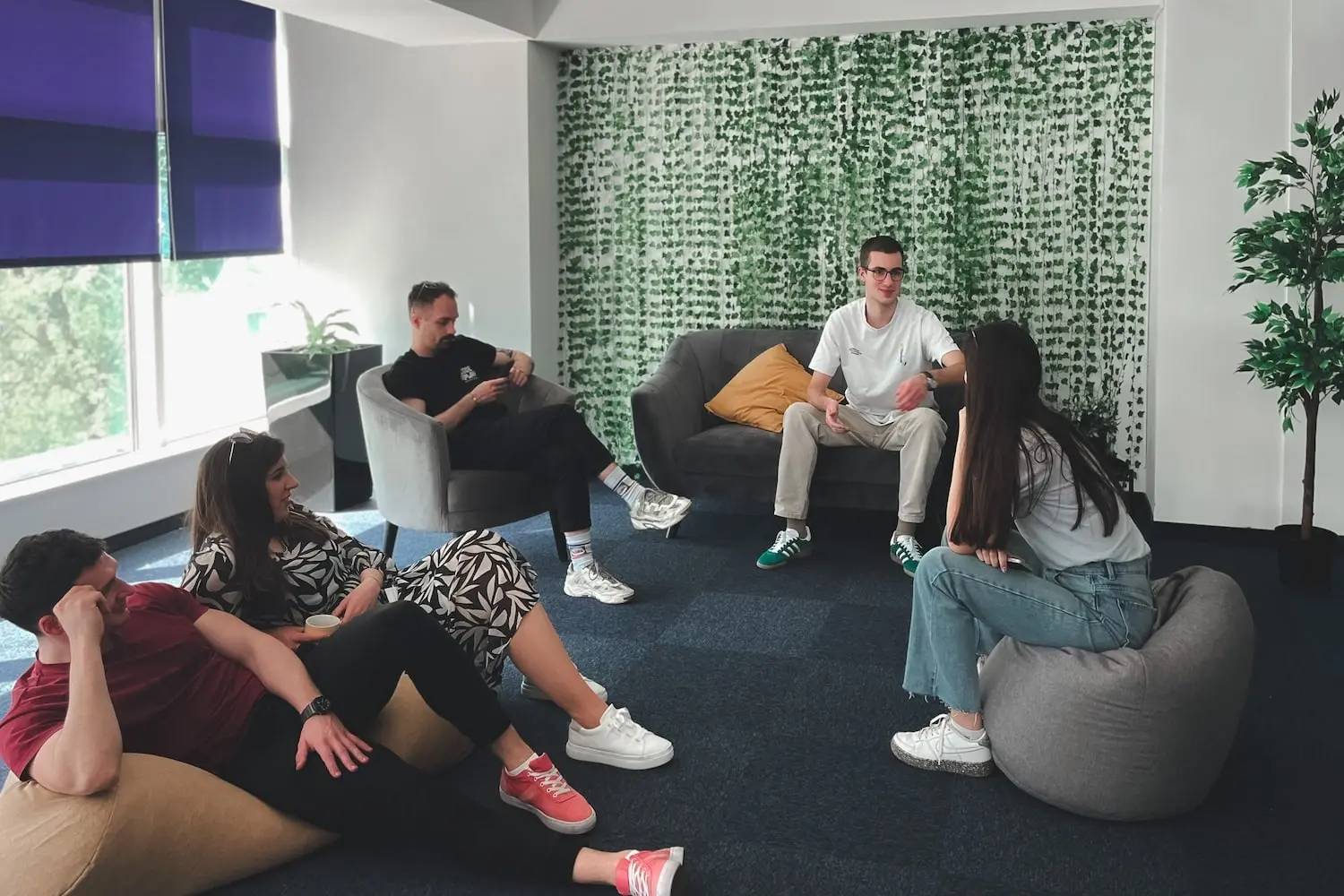As the conference season kicks off, there’s always that familiar break-time conversation. You know the one—someone asks, “Where do you get your new clients?” And nine times out of ten, the answer is “by recommendation.” I always take pride in that moment, because it reminds me of something deeply ingrained in our company’s philosophy. As a small boutique IT software development agency, we’ve always prioritized quality over quantity, and that commitment to excellence leads to those recommendations. It’s not just a happy coincidence; it’s our goal. We’ve survived—and thrived—over the last seven years, even through challenges like the IT crisis and COVID, because quality was at the heart of everything we did. We built our reputation on that, which continues to drive our growth. As a project manager, I’d like to share how this dedication to quality has helped us gain recognition, trust, and steady growth.
The Importance of Understanding and Communication
At the core of any successful project, it all starts with a deep understanding of the parties involved—their goals, needs, and interests. This is more than just a surface-level conversation. It’s about getting to the root of what the client needs, even if they can’t fully articulate it themselves. Our clients come to us with trust. They trust that we have the expertise to turn their ideas into reality, and we understand that they often don’t grasp the technical nuances involved in that process. And that’s okay—that’s why they’ve hired us.
Good communication is key. From the very beginning, I make it a priority to ensure that the client knows we are on their side, that we are their partner on this journey. This is a delicate balance because, let’s be reasonable, the client can’t always understand the complexities of software design and development at its core. It’s our job to translate their needs into a technical solution, without overwhelming them with jargon or unnecessary details.
Leveraging Design Discovery for Success
One approach we take to ensure that we fully grasp the project’s scope and direction is by conducting a design discovery phase early on. This is often the most critical part of the entire project because it sets the foundation for everything else. During design discovery, we engage deeply with the client to uncover not just their explicit requirements but also the underlying motivations behind those needs. It’s about asking the right questions and understanding the problem we are solving at a human level, not just a technical one.
This phase allows us to define a clear roadmap, identify potential challenges early on, and prevent misunderstandings later in the project. More importantly, it gives us the chance to establish a strong, collaborative relationship with the client. They get a sense of the amount of thought and care we put into every aspect of the project, which builds their confidence in our ability to deliver. Design discovery helps us ensure that we’re not just building software—we’re building the “right” software.
Sharing Knowledge with the Team
As a PM, my role is to communicate everything we’ve learned during the discovery phase to the rest of the team. A successful project isn’t just about having the best developers or designers—it’s about making sure everyone is on the same page. The better the team understands the client’s business, the more they can align their work to meet those goals. It’s not just about delivering a product that works—it’s about delivering a product that adds value to the client’s business.
Once we’ve established this strong foundation, we move into requirements gathering, design, development, and continuous reviews and iterations. That’s when the magic happens, and we begin to see the project take shape.
The Underrated Power of QA Documentation
One thing I’ve come to appreciate over the years is the incredible importance of quality assurance (QA) and the documentation that comes with it. Early in my career, I used to think QA was more of a “behind the scenes” role. I was wrong. QA is absolutely vital.
For one, it provides the team with the reassurance that someone technically capable, but not directly involved in the development, is checking the work. This fresh perspective can catch issues that developers might miss because they’re too close to the project.
For clients, QA documentation is a game-changer. Clients love having documented flows of what to test. It gives them confidence in the product and helps them understand the expected behavior clearly, even if they aren’t technical. This documentation not only proves that we’ve tested thoroughly but also offers them a roadmap for their testing and verification. It’s often one of the first things clients reference when discussing whether a product works as expected. In fact, when we’ve taken over broken projects from other firms, clients often point to poor organization of testing as the root cause of failure.
The Advantage of Being a Smaller Team
Another factor in our success is the size of our team. With around 35 people, we’re large enough to take on complex projects but small enough to maintain a close-knit, collaborative atmosphere. Every team member’s insight is valued, and we make it a point to share first-hand experiences across the team. This cross-pollination of knowledge keeps everyone in the loop, even if they aren’t directly working on a particular project.
What’s great about being a smaller team is that collaboration doesn’t stop at formal meetings. Sometimes, the best discussions happen during a casual lunch break or even over drinks after work. In those informal settings, we can brainstorm solutions, bounce ideas around, and share insights that might not come up during the regular workday. It’s these spontaneous conversations that larger companies often miss, but they’ve become part of our culture. Every voice matters, and that’s been a huge advantage in delivering high-quality products. We’re agile, adaptive, and able to respond quickly to client needs or changes in project scope, often because those ideas start in these everyday interactions.

Conclusion: Building a Legacy of Trust and Quality
The trust our clients place in us is something we take very seriously. Every project, from its inception in design discovery to its final stages of testing and delivery, is an opportunity to build on that trust. The fact that most of our clients come from recommendations is a testament to the quality we deliver, the relationships we build, and the collective effort of our team. In the end, it’s about more than just writing code—it’s about creating value, solving problems, and delivering solutions that make a real difference to our clients. That’s why we’re still here, growing, after seven years.



